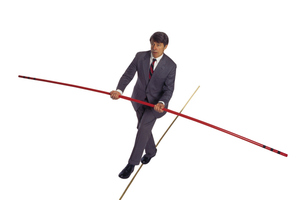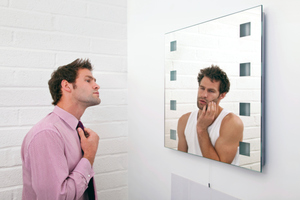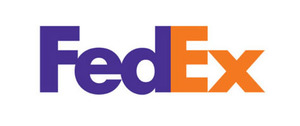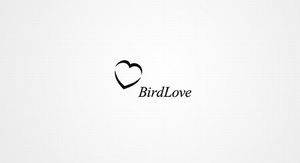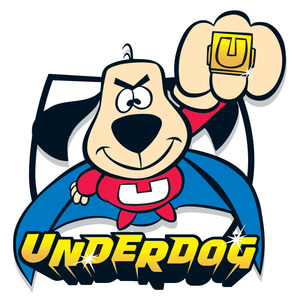Where does your brand live?
August 30, 2011

…How does your brand come alive?
When we talk about a company’s brand, in most cases people’s minds jump immediately to their logo. No argument – a logo is a vital element of how you communicate it. It is the visual representation of who and what you are. But your logo is just the beginning of it.
Others might point to your tagline and suggest that’s where your brand lives. Again, it’s an important communication tool for telling people what your company is all about. But where both your logo and your tagline fall short is that they’re one-way communications. You are showing or telling, but your audience is not actually experiencing your brand.
Brands really come to life when an experience confirms or amplifies the promise that your logo and/or tagline might offer. Here are some key spots that you might not think about from a brand point of view. But, they’re places where you can truly bring it to life for your employees, customers and vendors.
Your office/work space: You know what they say about first impressions. One spot where many first impressions are created is when someone comes to see you for the first time. Whether you have a retail space, office space or work virtually through an extranet — how it first appears to your audience will stick for a long time.
- Does it feel very corporate and official?
- Is it welcoming and kind of funky?
- Could it be called cluttered or filled with interesting items?
- How about neat, with everything in its place?
All of that speaks to your brand and what matters to you.
Your “first day at work” experience: Never forget, your most active and important advocates are your employees. And for them, there are few days more memorable than their first day at work. What is that day like for them?
- Are they assigned a buddy who helps them get oriented to your workplace, the people and the procedures?
- Is there a small gift (maybe a hat with your company logo on it) waiting for them at their new desk?
- Do some of their teammates take them out to lunch?
- Are they given training or is it a baptism by fire?
- Is everything ready for their arrival or are you scrambling to get paperwork and supplies to them?
Think how many people are going to ask them “how was your first day?” From a brand perspective, what do you want their answer to be?
Your “return” policy: Even if you are a corporate lawyer, you have your own version of a return policy. How do you handle an unhappy client? What do you have in place to avoid making them unhappy in the first place?
- Do you have a guarantee tied to your pricing or billing?
- Do you have a confidential way for them to register a complaint?
- Do you offer refunds without restrictions, boundaries or tiny type?
- Do you have an apology gift or letter that is ready to go in the case of a hiccup?
Remember that an unhappy customer is likely to tell more than twenty people why they’re unhappy. Do you have policies and procedures in place so that your brand comes out smelling like a rose when those stories get told?
Just like everything in else in life – we can talk all we want, but it is our actions that really tell the story. How you wrap your brand around key experiences like those first impressions, the first day of work and when things go wrong will go much further in terms of creating a lasting brand.
So where do you think your brand is most alive and vibrant?
More


